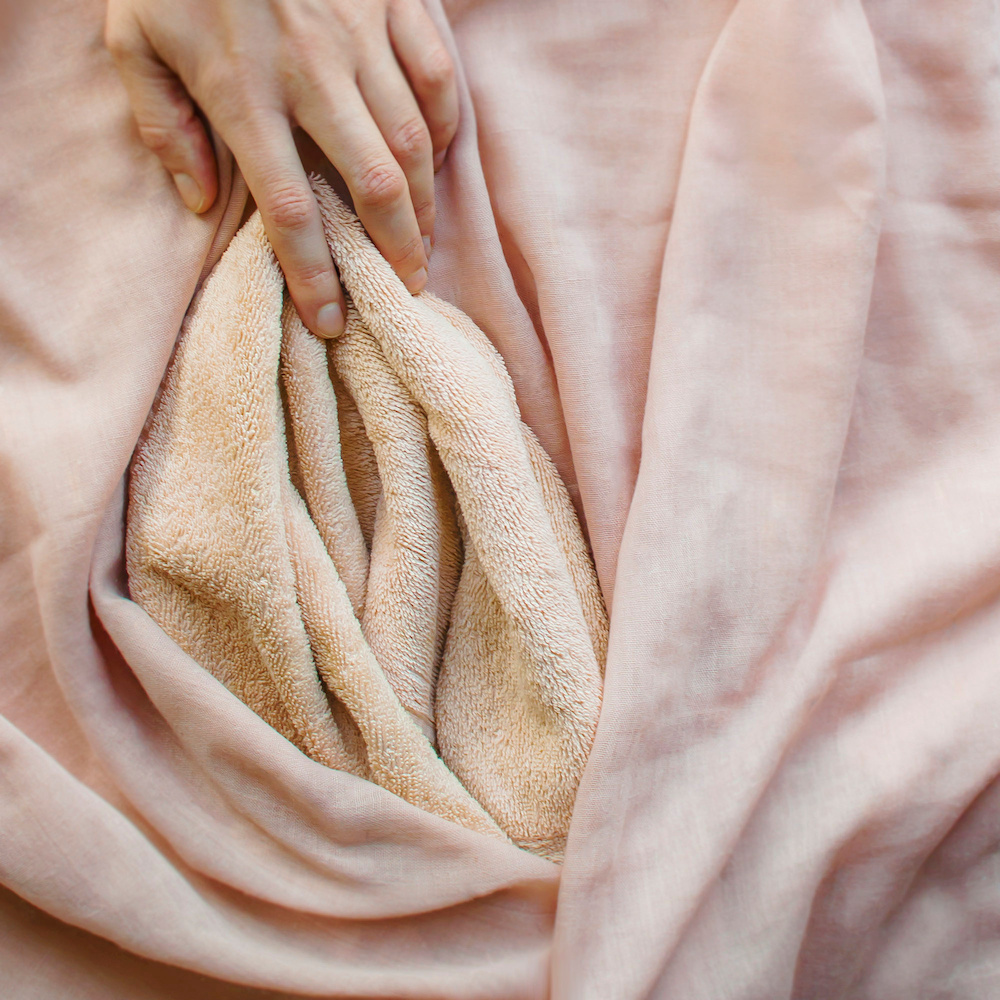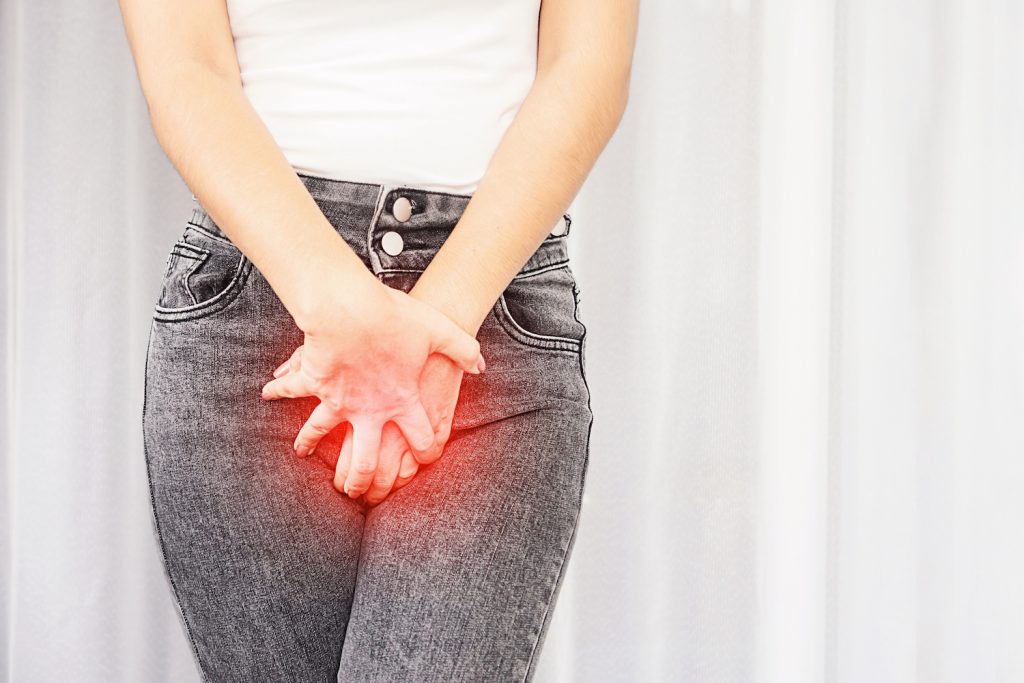Searching for a labiaplasty but unsure of what it is? Having concerns about your labias and how they look or make you feel is a very normal thing. But finding the right information about it can be difficult. That’s why in this article, we’ll cover everything you need to know about what is a labiaplasty, and why you should get one.
What Is The Labia?

What are the labias and what do they do?
First of all, let’s go into what makes up the vagina. People commonly refer to the vagina when what they really mean is the vulva, which is the outer or visible part of the vagina. The vulva has 10 parts to it. They are:
- Mons Pubis – The fleshy mound above your vulva covered in pubic hair
- Labia Majora – Outer skin folds that cover the other inner parts of the vulva
- Labia Minora – Inner skin folds that start from the clitoris and cover the vaginal opening and urethra
- Clitoris – Sex organ at the top of the vulva
- Urethra – Bladder tube where urine comes out of located above the vaginal opening
- Vulva Vestibule – This is the general area inside the labia minora and contains your urethra and vaginal opening
- Vestibular Bulbs – Erectile tissue on either side of the vaginal opening
- Bartholin’s Glands – Two glands on either side of the vaginal opening that produce mucus to lubricate the vagina
- Skene’s Glands – Two glands below the urethra that produce a liquid that lubricate the urethra opening
- Vaginal Opening – An elastic tube located below the urethra that connects to the cervix
So your labias are two sets of skin folds that exist to protect your vaginal opening from mechanical irritation, dryness and infections from bacteria. They also help with spreading the lubrication from your glands and vestibule area during sexual intercourse.
Your labias can also be asymmetrical in their size and shape, and the inner lips can be bigger than the outer lips. How they look will vary according to each individual.
So What Is A Labiaplasty?

Labiaplasty requires different levels of anesthesia, including general anesthesia
Now that we understand the anatomy of the vulva and what your labias do, let’s move on to answering the question of what is a labiaplasty. A labiaplasty is a surgery procedure that involves removing excess tissue on the edges of the labia. This plastic surgery can also change the size and shape of the labial tissue, similar to vaginal rejuvenation.
Labiaplasty is completed with either a laser or a scalpel. With laser labiaplasty, the operation is quicker and safer, with reduced bleeding and/or bruising post-surgery. This is because the laser will seal the small blood vessels in the treated area as it cuts through tissue. The plastic surgeon will also tell you about the sedation needed, whether it be local anesthesia, conscious sedation or general anesthesia. After labia tissue is removed, wounds are closed with absorbable sutures.
Why Do You Have Excess Labia Tissue? Labial Hypertrophy

Enlarged labias are a common occurrence
Labial hypertrophy is when the labia minora and/or labia majora are larger than normal. This can be due to genetics or from excess oestrogen disrupting your hormonal balance. Labial hypertrophy can also result in the inner folds being bigger than the outer folds.
Due to genetics and hormones, your labias may become larger than normal, including having your inner lips stick out through your outer lips. Please note that when labial hypertrophy occurs, growth will continue until adulthood, and thus surgery is not recommended for teenagers.
Reasons Why You Should Get A Labiaplasty
Reduced Pain and Discomfort

Labiaplasty provides relief from pain and irritation
The vulva area, including the labias, are sensitive because a large number of nerves are contained there. People with labial hypertrophy can experience irritation or pain during physical activity or sexual intercourse because of how they interact with the surrounding vulva area with movement.
During physical activity, excessively large labias may rub up against each other, with clothing, or with other parts of the vulva. The overload of friction causes pain and irritation, and can become chronic if left untreated. This is a big problem if simple physical activities like walking or wearing regular-fitting underwear are uncomfortable.
Sexual intercourse can also cause pain as large labias can become sucked in, causing tears in the vulva skin. The labias themselves can also be excessively rubbed and pulled, resulting in bleeding.
Enjoyment of daily activities, exercise and sexual activity can all be restored by the reduction of excess labial tissue, either on one side or on both.
Improved Hygiene

Cleaning your vulva will be easier after your labiaplasty
Large labias need more cleaning. Reducing the amount of tissue will reduce the amount of time it takes to clean this important area. Incorrect or infrequent cleaning can lead to bacteria and yeast growth, resulting in vulvar infections.
People who have excessively large labias and also experience frequent urinary tract infections (UTIs) will also benefit from labiaplasty. The removal of labia tissue will make it easier to keep the vulva area clean and prevent bacteria from building up and causing further UTIs.
Improved Aesthetics And Restored Self Confidence
The way your labias look can affect your self confidence. And as you get older, your labias become thinner and wear loose due to reduced oestrogen production in your body. Getting surgery to fix them will make you confident again to step out and wear the clothing you want, such as your favourite bikini.
What Happens Post Op?

Resting after a labiaplasty is crucial for recovery
After the procedure, the treated labia will be reduced in size and look symmetrical. There will be some swelling and discomfort afterwards, which will be the worst 2-3 days after the surgery. After that, they will reduce at a steady rate, with the most ease in discomfort happening after one week. It is also common for the treated area to become itchy during the first week.
As part of your post operative care, you must not:
- Wear tight clothing or underwear such as skinny jeans or g-string underwear.
- Use tampons
- Engage in sexual activity
- Do strenuous exercise or physical activity, including running and swimming
- Stretch or touch the wound
Any of these activities could result in the wound reopening or becoming infected. Under normal circumstances, you can resume your normal activities including the ones listed above after 4-6 weeks. Your surgeon will advise you on what pain relief medication you can take to relieve discomfort.
Like any surgical procedure, there are some potential risks. These include the swelling and pain mentioned above, along with bruising, distortion and epidermoid inclusion cysts. Due to the advancement of technology, modern techniques used for labiaplasty make the risks very low.
Speak About Getting A Labiaplasty Today
So there you have it, everything you need to know about what is a labiaplasty. Contact Northern Beaches Cosmetic Surgery for a consultation about getting a laser labiaplasty today! With years of experience in the industry, Northern Beaches Cosmetic Surgery will give you the best advice and results for your next cosmetic procedure.

